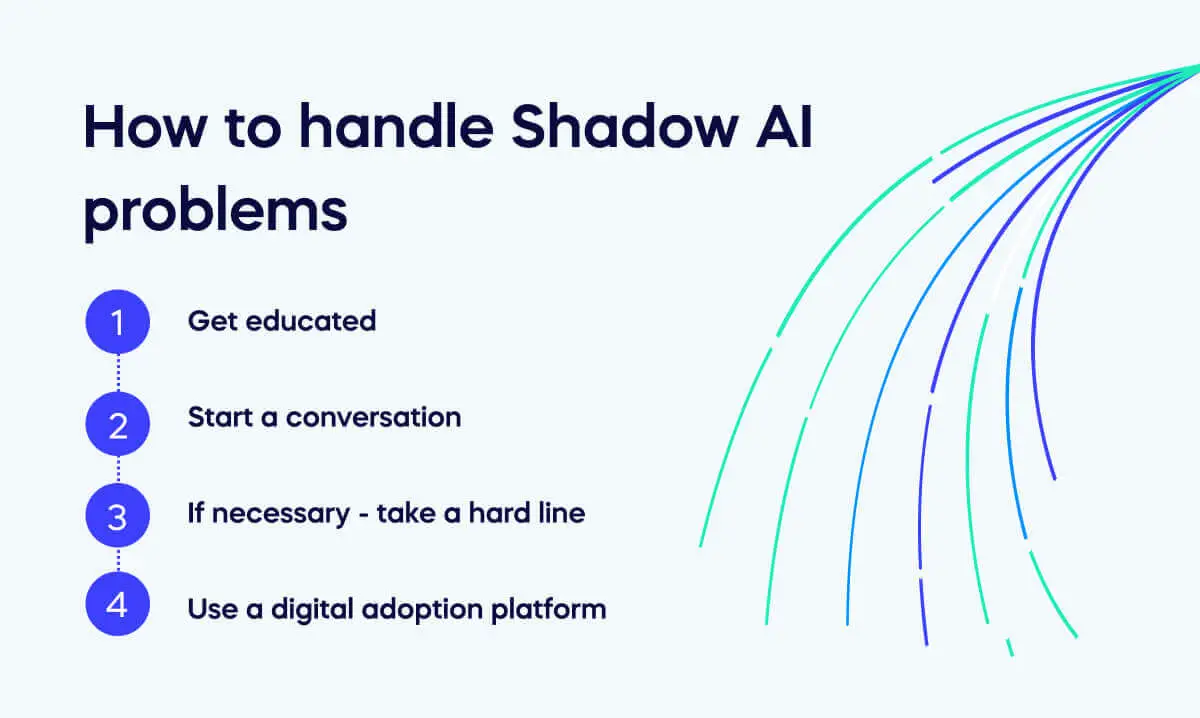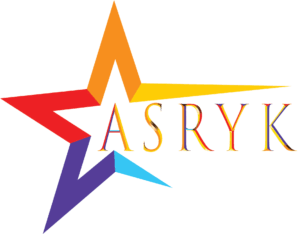Shadow AI: The Unseen Force Shaping Organizations
Artificial intelligence (AI) is rapidly transforming the way we work. From automating repetitive tasks to generating creative content, AI holds immense potential to boost productivity and innovation. However, alongside this progress lurks a hidden phenomenon: shadow AI.
Shadow AI refers to the unauthorized use of AI tools and applications within an organization. These tools operate outside the purview of the IT department and are often deployed by employees seeking to enhance their own efficiency or gain a competitive edge. While the motivations might be positive, the lack of oversight surrounding Shadow AI presents significant challenges for businesses.
This article delves deep into the world of shadow AI, exploring its causes, consequences, and potential solutions. We’ll examine the factors driving the rise of shadow AI, the risks it poses to organizations, and strategies for mitigating those risks while harnessing the potential benefits of democratized AI.
The Rise of the Shadows: Why Shadow AI Emerges
Several factors contribute to the emergence of Shadow AI within organizations:
- Democratization of AI Tools: Cloud-based AI solutions and user-friendly interfaces have made AI more accessible than ever before. Employees with limited technical expertise can now access powerful AI tools without relying on IT departments.
- Frustration with IT Bottlenecks: The traditional IT approval process for new technologies can be slow and cumbersome. Employees eager to leverage AI’s capabilities might resort to using unauthorized tools to bypass these bureaucratic hurdles.
- Siloed Operations: Departmental divisions within organizations can lead to a lack of communication and collaboration regarding AI adoption. Unaware of existing AI initiatives within the company, employees might develop or discover their own shadow AI solutions.
- Pressure to Innovate: In today’s competitive landscape, businesses are constantly under pressure to innovate. Employees, driven by a desire to propel their teams forward, might adopt AI tools on their own accord, even if it means circumventing established protocols.
The Shadow Casts Long: The Risks of Unsanctioned AI
While Shadow AI can offer some benefits in terms of individual productivity and faster innovation cycles, the lack of oversight presents significant risks for organizations.
- Security Breaches: Shadow AI tools often lack the robust security protocols implemented by IT departments. This can create vulnerabilities that hackers can exploit, leading to data breaches and financial losses.
- Data Privacy Violations: Unauthorized AI tools might collect, store, and utilize employee data without proper consent or adherence to data privacy regulations. This can lead to legal repercussions and erode employee trust.
- Algorithmic Bias: Unvetted AI applications might perpetuate existing biases within datasets, leading to discriminatory outcomes in areas such as hiring, promotions, or customer service.
- Compliance Issues: Regulations around AI use are constantly evolving. Shadow AI tools might inadvertently lead to non-compliance with these regulations, exposing the organization to legal ramifications.
- Vendor Lock-in: Reliance on unauthorized cloud-based AI solutions can create vendor lock-in, making it difficult and expensive to switch to alternative solutions in the future.
Embracing the Light: Strategies for Managing Shadow AI
Ignoring Shadow AI is not a viable option. Here are some strategies organizations can employ to manage Shadow AI effectively:
- Develop a Clear AI Strategy: Establish a company-wide AI strategy that outlines the organization’s goals for AI adoption, preferred vendors, and acceptable use cases.
- Educate and Empower Employees: Provide employees with training on responsible AI use, data privacy principles, and the potential risks of Shadow AI. Empower them to identify opportunities for AI within their roles and encourage them to report potential Shadow AI instances.
- Promote Transparency and Communication: Foster an open and transparent dialogue about AI within the organization. Encourage employees to discuss their needs and explore authorized AI solutions available to them.

- Simplify IT Approval Processes: Streamline the process for reviewing and approving new AI tools. Offer employees clear guidelines and a fast track for vetting low-risk AI applications.
- Embrace Open-source AI Solutions: Consider adopting open-source AI tools that offer greater transparency and control over how data is used.
- Invest in Security and Governance: Implement robust security measures to protect data used with AI tools. Develop clear governance frameworks to oversee AI development and deployment across the organization.
The Future of AI: A Collaborative Approach
Shadow AI presents both challenges and opportunities for organizations. By adopting a proactive and collaborative approach, businesses can mitigate the risks associated with Shadow AI while harnessing the power of democratized AI.
- Foster a Culture of Innovation: Encourage a culture that values innovation and experimentation with AI. Provide employees with resources and support to explore responsible AI solutions within their roles.
- Invest in Explainable AI (XAI): Explore XAI tools that provide insights into how AI models arrive at their decisions. This fosters trust in AI processes and helps identify and mitigate potential biases.
- Focus on Human-AI Collaboration: Don’t view AI as a replacement for human workers. Instead, leverage AI to augment human capabilities and enable a more collaborative work environment.
- Promote Continuous Improvement: Establish a culture of continuous improvement around AI use within the organization. Regularly monitor and evaluate existing AI deployments, identifying areas for optimization and potential Shadow AI instances.
Conclusion: Stepping Out of the Shadows
Shadow AI is a growing phenomenon that demands attention from businesses. By understanding the causes and consequences of Shadow AI, organizations can develop comprehensive strategies for managing it effectively. By fostering a culture of transparency, collaboration, and responsible AI use, businesses can harness the power of AI to enhance productivity, innovate, and achieve a competitive advantage.
The future of AI lies not in a battle between centralized control and individual adoption but in a collaborative approach that empowers employees, safeguards the organization, and unlocks the full potential of this transformative technology.
As we step out of the shadows and into a brighter future with responsible AI, the possibilities are limitless. The journey may require careful navigation, but with a commitment to transparency, collaboration, and ethical considerations, AI can become a powerful force for good, transforming how we work and shaping a more prosperous future for all.



